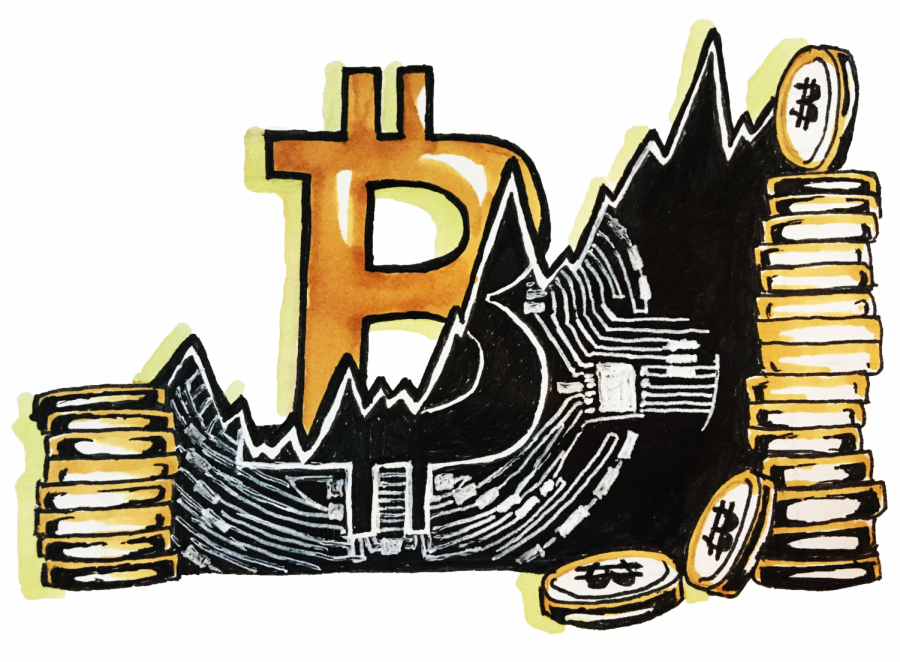The Chelan Bit-Rush
What do you do when factories are filled with high-power CPUs?
Chelan County is quietly becoming the latest region to go through a peculiar and highly specific trend: closing down its aluminum factories and opening up bitcoin mines in their place.
Why?
What Chelan, Massena, and Dalad Banner–three aluminum-turned-crypto-boom towns–have in common is cheap hydropower. Aluminum foil (and more importantly, rods) are energy intensive products that are only profitable with plentiful, cheap power. Bitcoin is the same way.
For context: setting up a secret crypto mine in Garfield’s basement would be a typically silly get-rich-quick scheme because power in Seattle, which is cheap by most standards, still costs four times Chelan’s premium, meaning that the Garfield basement coins cost more to mine than they’re worth.
It’s essential to understand that crypto’s high power consumption-which is already more than that of the whole countries of Qatar or the Czech Republic-is by design. It’s intrinsic and can’t be innovated away. The algorithm is programmed to become more energy intensive over time to prevent inflation and make a limited supply that’s already over 85 percent mined last another 140 years.
This presents a tough question for policymakers in Chelan. After a massive spike in bitcoin prices in 2018, crypto firms flooded into the county promising that they would bring jobs and investment to help replace Chelan’s decaying industry. Individual firms made promises to the order of a little over a hundred jobs a piece and millions in investment in return for a simple assurance that Chelan provides cheap power. When the 2018 spike quickly collapsed, many firms quickly liquidated their positions and promises, but the trend has still moved slowly and inexorably toward more mining. A price spike in late 2020 three times the size of 2018 which has persisted through the present, promises a new wave of shipping containers fitted to the brink with whirling crypto mines.
Everything rides on whether the miners can deliver on their promises. If the promises go unfulfilled, the power bill (which ranges from $10 to $200) spikes. Mining levies on Chelan’s residents will quickly become persuasive, as will the threat of crypto-induced blackouts, or crypto moguls using their economic clout to make demands on the local government. This is a particularly high-profile fear in Chelan where many anti-crypto advocates are concerned about bitcoin’s use by hackers and criminals–and possibly in backdoor deals by miners themselves, according to accusations levied in one town hall.
Environmental activists are also worried about the impact of infinitely scaling bitcoin farms endlessly consuming power and cannibalizing other environmental gains.
For most small towns plagued by a lack of industry and an urban exodus of their educated citizens, if the mines can meet even half of their promises and bring in tech workers, then all the risks are only a small price to pay. But will they meet those promises? Many are skeptical. Citizens of crypto boom towns often conclude that a warehouse packed full of computers can at most employ some security guards, a couple IT professionals, repairspeople, somebody to refill the coolant, and maybe some sort of manager–hardly the stunning economic prospects advertised by crypto advocates. For their part, the crypto advocates argue that by being a hub for new technology, Chelan will attract firms that want to be close to the action.
Arguably the most valuable perspectives in the debate–economists–remain silent.The professionals aren’t sure which side is right. On one hand, Washington State employment data shows tech has been growing in Chelan, but on the other, there’s no particular reason to attribute this to crypto, and this is about as deep as the economic research on crypto boom towns goes. It’s too early, we don’t have data, and mining’s clearly not analogous to energy-chasing aluminum plants.
The closest thing to a case study is rural China. Around half of global crypto is mined on the shores of assorted Chinese rivers and the activity consumes about five percent of the nation’s power. Just like in the US, the mines are often adjacent to failed coal and aluminum plants, like in Dalad Banner, an industrial city in Outer Mongolia.
Testimonials from Dalad Banner locals praise their mining plant as providing both better quality and better paid jobs than the local smelteries, which is admittedly a low bar, but maybe a promising sign. Less promising however, is the plant, which produces a low amount of bitcoin and employs a grand total of fifty people. And it has hardly spawned a Mongolian tech hub, perhaps vindicating the pessimists. Optimists would rightly point out that Chelan is a very different place than Dalad Banner, so for now the jury will have to remain in deliberation.
While we don’t know what the right answer is, we do know that crypto is here to stay. The question: will Chelan take the bet and invest in it?
Griffin Hintze is a senior and this is his second year on The Messenger. He is the sports editor for this years issue. He is excited to bring his experience...




